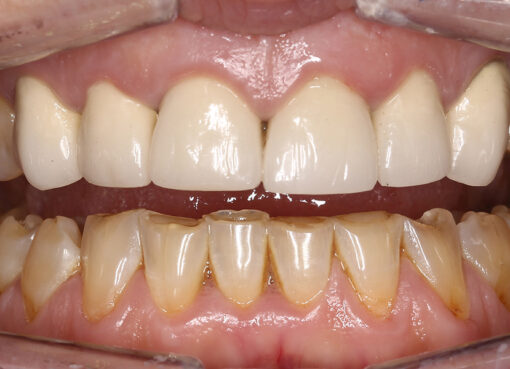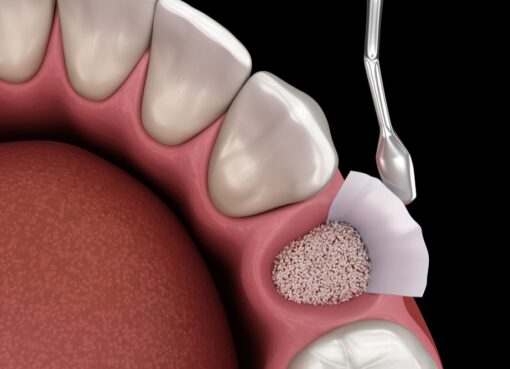Local anesthesia is a revolutionary tool in the Houston, TX dental practice, enabling dentists to perform a wide range of procedures with minimal pain and discomfort. By numbing specific areas of the mouth, local anesthesia allows patients to undergo treatments like fillings, extractions, and surgeries easily, making dental care more accessible and stress-free. With its rich history, diverse types, and precise techniques, local anesthesia has become an indispensable component of modern dentistry, prioritizing patient comfort and paving the way for a more pleasant dental experience.
In this article, we will delve into the world of local anesthesia in dentistry, exploring its history, types, techniques, benefits, and potential risks.
What is local anesthesia?
Local anesthesia is a type of anesthesia that numbs a specific, localized area of the body, typically used to prevent pain and discomfort during medical or dental procedures. It works by blocking the nerve signals in the targeted area, temporarily interrupting the transmission of pain impulses to the brain. Local anesthesia is usually administered via injection or topical application, and its effects are typically confined to the immediate area, allowing patients to remain conscious and alert during the procedure.
Types of local anesthesia in dentistry
There are two primary types of local anesthesia used in dentistry:
- Topical anesthesia: Applied directly to the mucous membranes or skin to numb the surface.
- Injectable anesthesia: Administered via injection to numb a specific area or nerve.
What are the techniques of local anesthesia in dentistry?
Here are some common techniques of local anesthesia:
- Infiltration: Injecting anesthetic directly into the tissue to numb a small area.
- Nerve block: Targeting specific nerves to numb a larger area, such as an entire tooth or region.
- Palatal injection: Anesthetizing the palate for procedures like extractions.
- Periodontal ligament (PDL) injection: Injecting anesthetic into the ligament between the tooth and bone.
- Intraligamentary injection: Injecting anesthetic into the ligament surrounding the tooth.
- Topical anesthesia: Applying anesthetic to the surface of the skin or mucous membranes.
- Iontophoresis: Using an electric current to drive anesthetic into the tissue.
- Conduction anesthesia: Numbing a nerve trunk to affect a larger area.
- Field block: Numbing a larger area by injecting anesthetic around the perimeter.
- Local infiltration with sedation: Combining local anesthesia with sedation for more complex procedures.
What are the benefits of local anesthesia in dentistry?

Here are the benefits of local anesthesia:
- Pain relief: Local anesthesia numbs the specific area, eliminating pain during procedures.
- Minimally invasive: Local anesthesia allows for procedures without the need for general anesthesia.
- Quick recovery: Patients can recover quickly, with minimal downtime.
- Reduced risk: Local anesthesia reduces risks associated with general anesthesia.
- Increased comfort: Patients remain comfortable during procedures.
- Improved precision: Dentists can work more precisely without patient movement.
- Reduced anxiety: Local anesthesia helps patients relax and reduces anxiety.
- Cost-effective: Local anesthesia is often less expensive than general anesthesia.
- Flexibility: Local anesthesia can be used for various procedures and patients.
- Safe: When administered properly, local anesthesia is extremely safe.
What are the risks and complications associated with local anesthesia?
Here is a concise list of risks associated with local anesthesia:
- Allergic reactions
- Nerve damage
- Infection
- Systemic toxicity
- Respiratory problems
- Cardiac issues
- Bleeding or hematoma
- Swelling or bruising
- Pain or discomfort at the injection site
- Adverse drug interactions
- Anaphylaxis (rare)
- Methemoglobinemia (rare)
Final takeaway
Local anesthesia is a vital component of modern dentistry and medicine, offering a safe and effective solution for pain management during various procedures. Its benefits, including pain relief, quick recovery, and reduced risk, make it an indispensable tool for healthcare professionals. With its rich history, diverse techniques, and proven track record, local anesthesia has revolutionized the way we approach medical and dental care, prioritizing patient comfort and well-being. As medical technology continues to evolve, the role of local anesthesia will remain essential, ensuring that patients receive the best possible care with minimal discomfort and maximum efficiency.





